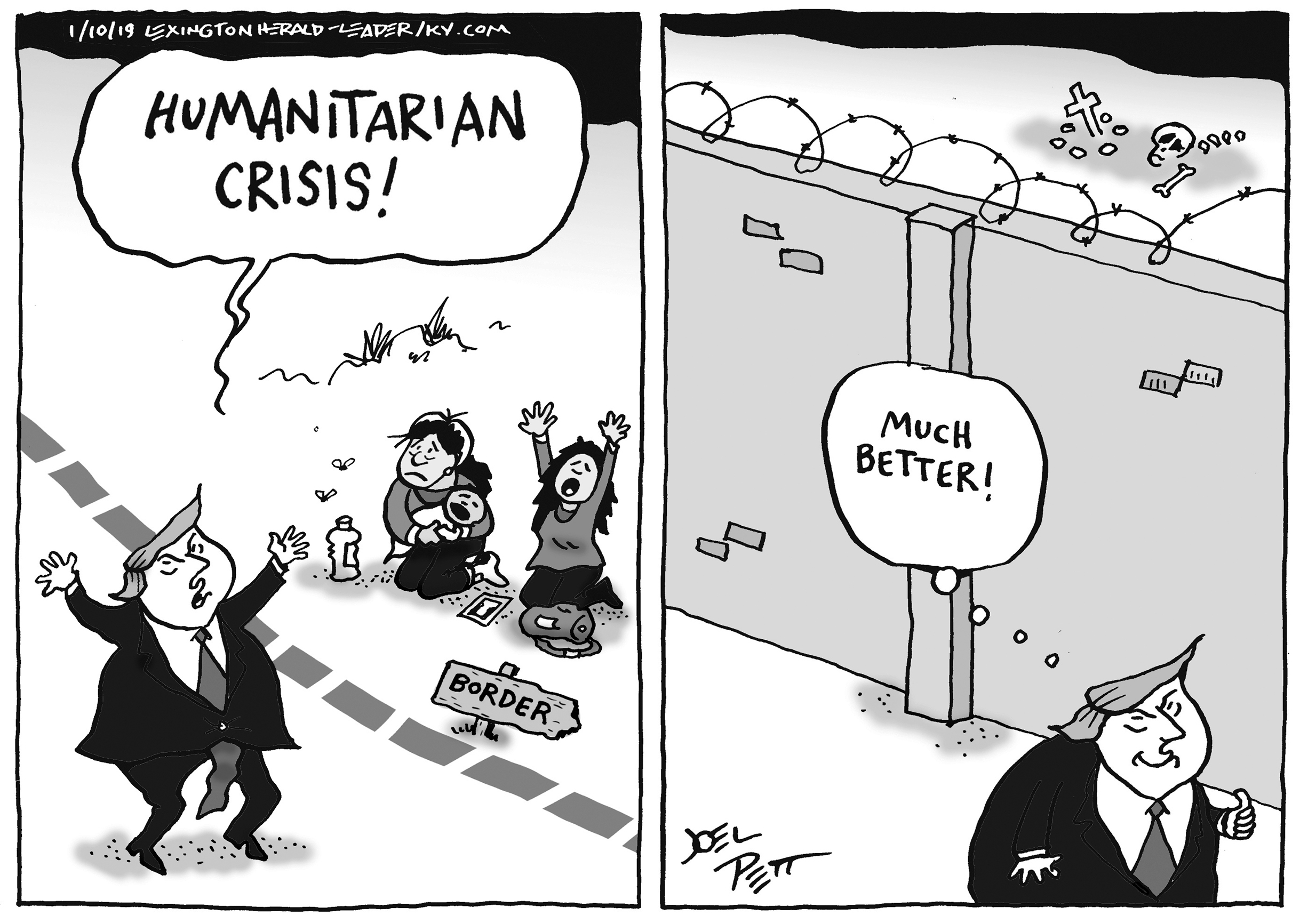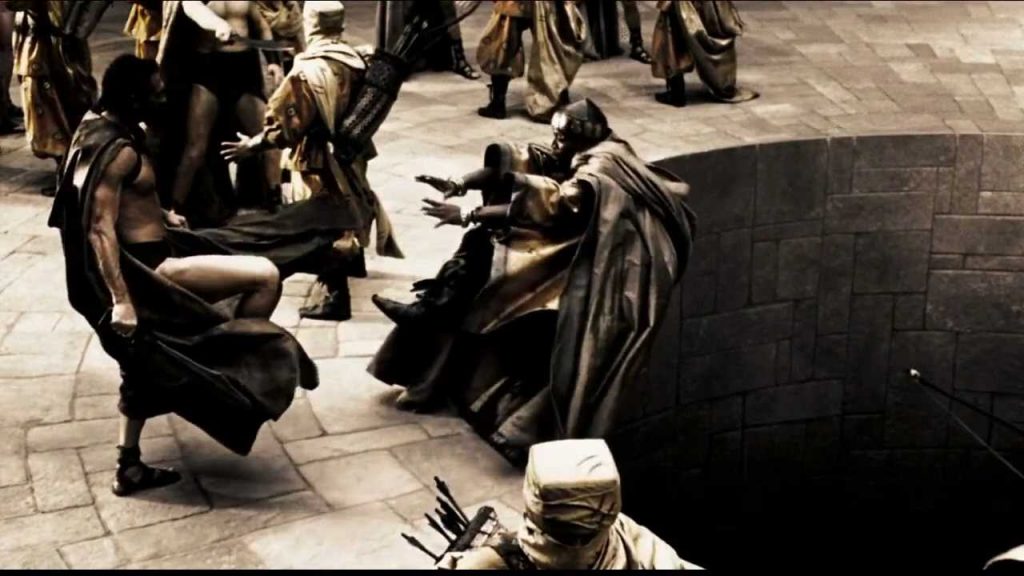By Dongsei Kim
Special to Campus News
The U.S.-Mexico border is rugged and hot — and filled with row upon row of wire and fencing. Crossing this boundary without permission is risky; evading capture is difficult.
On the other hand, the U.S.-Canada border, which stretches more than 5,500 miles, is cool, tranquil, and wild — and mostly unguarded.
True, few Canadians come to the United States illegally, while many immigrants try to enter through Mexico. But it’s not just the landscape — or the people — that have created different circumstances along these borders.
The architecture we build along our boundaries helps explain why Canadians are seen as kind, gentle, neighbors while Latin Americans — for some, at least — are viewed with suspicion. Architecture can drive nations apart, but it also has the power to bring them together.
When nations build defensive architecture along borders, they create and reinforce societal divisions that may not otherwise exist. Perhaps no border is more famous for its daunting architecture than the Demilitarized Zone (DMZ) between North and South Korea.
Aggressive military structures and war memorials dot the horizon of the 2.5-mile-wide, 150-mile long stretch between the divided Korea. Separated families come to mourn lost loved ones, while military guards in towers overlook them with a watchful eye. The structures between the two Koreas keep the peace. But the DMZ is also an artificial wedge splitting one people in two.
Or consider the border between Israel and the West Bank. In 2003, the Israeli government began construction on a border fence separating Jerusalem from Palestinian-controlled territory.
The U.S.-Mexico border is similar to the West Bank. Border Patrol roams the American side. High steel fences and vehicular barriers cast a looming shadow on Mexican soil just yards away.
What many don’t realize is that the U.S.-Mexico border is already a source of community for people on both sides.
Cities have sprung up on both sides of these walls. Houses are built next to the border — in some cases, using the barrier as a fourth wall. Two cities organized a bi-national yoga class through the border fence. Mexicans and Americans are defying the architecture meant to split them apart and building community across international lines.
Consider the Rio Grande. Both countries have a stake in sustaining the river’s threatened ecosystems. In the past two decades, climate change has dried up a large portion of the river’s flow. Several fish species have become extinct.
The Rio Grande offers a chance for cooperation. Gabriel Diaz Montemayor, a landscape architecture professor at the University of Texas-Austin, has proposed building a binational park to support the river’s ecology and create a peaceful place of exchange for citizens from both sides of the riverbank.
Using architecture to create common grounds is promoting exchanges across the U.S-Canadian border too.
Take the Haskell Free Library and Opera House, which sits on the U.S-Canadian border in Stanstead, Quebec and Derby Line, Vermont. The library, which operates with permission from both governments, serves as a meeting place for separated families in both countries who risk deportation by leaving.
There’s plenty more to be done. I’ve studied the DMZ extensively, and plan to engage the students I teach at New York Institute of Technology to imagine previously impossible scenarios for the area through instruments of spatial design.
Borders are often seen as places that divide people. But building shared spaces reveals how mutable those differences really are.
Dongsei Kim, an architect, urbanist, and educator, is an assistant professor of architecture at New Yo rk Institute of Technology.
rk Institute of Technology.
(Illustration by Joel Pett in agreement with TCA.)







Facebook Comments